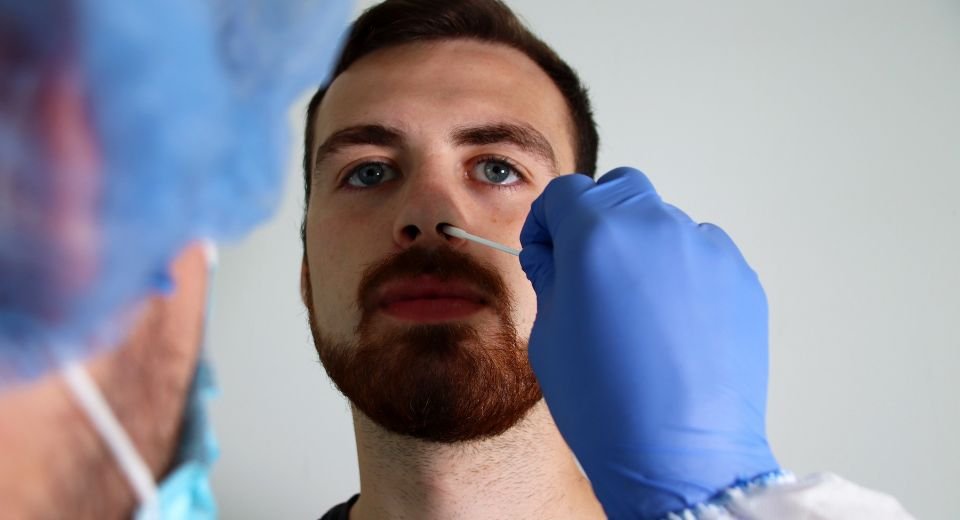HQ Team
June 14, 2025: The United States has the highest expenditure on health care per capita globally. It has risen 7.5% in 2023 to $4.8 trillion, according to federal data. However, the projected annual gross domestic product growth rate of the US is pegged at 6.1%.
As of 2020, annual health care costs per capita in the United States totaled over $12,000. The average annual income is around $54,000. The estimated healthcare spending per person in the U.S. stood at about $14,423 in 2023 and $15,074 in 2024.
Medicaid
The growth is driven by spendings on Medicaid and private health insurance, with the insured share of the population surging to a historic high of 93%, according to the U.S. Centers for Medicare and Medicaid Services (CMS).
The Medicaid numbers grew with 91.2 million people being covered under the federal and state health program for the poor in 2023.
In FY 2023, around one-third of all health expenditure was paid by private insurance. Public insurance programs Medicare and Medicaid accounted for 22 and 18 percent, respectively, of health expenditure.
The average out -of -pocket expenditure has also risen in recent times to more than $1000. Physician services, dental services and prescription drugs account for a large part of t his expenditure.
Medicare spending is projected to have grown by 8.4% to over 1 trillion and the Medicaid by 5.7% to $852 billion. Spending on private health insurance is projected to have grown by 1.1% to $1.4 trillion.
The estimated healthcare spending per person in the U.S. stood at about $14,423 in 2023 and $15,074 in 2024.
National health spending is expected to grow by 5.2% in 2024, though Medicaid enrollment is set to decline by 11.2% as many people will lose coverage after the pandemic
Spending is set to grow an average of 5.6% a year between 2023 and 2032, outpacing the projected annual gross domestic product growth rate of 4.3% during the same period.
Old and disabled spending
Spending in the Medicare program for people over the age of 65 and the disabled is set to grow partially due to the Inflation Reduction Act, which among other provisions introduced a $2,000 annual cap on out-of-pocket spending.
The spending is expected to come down with Medicare able to negotiate drug prices with pharma companies from 2026, and drug pricing being tied to inflation from 2023.








